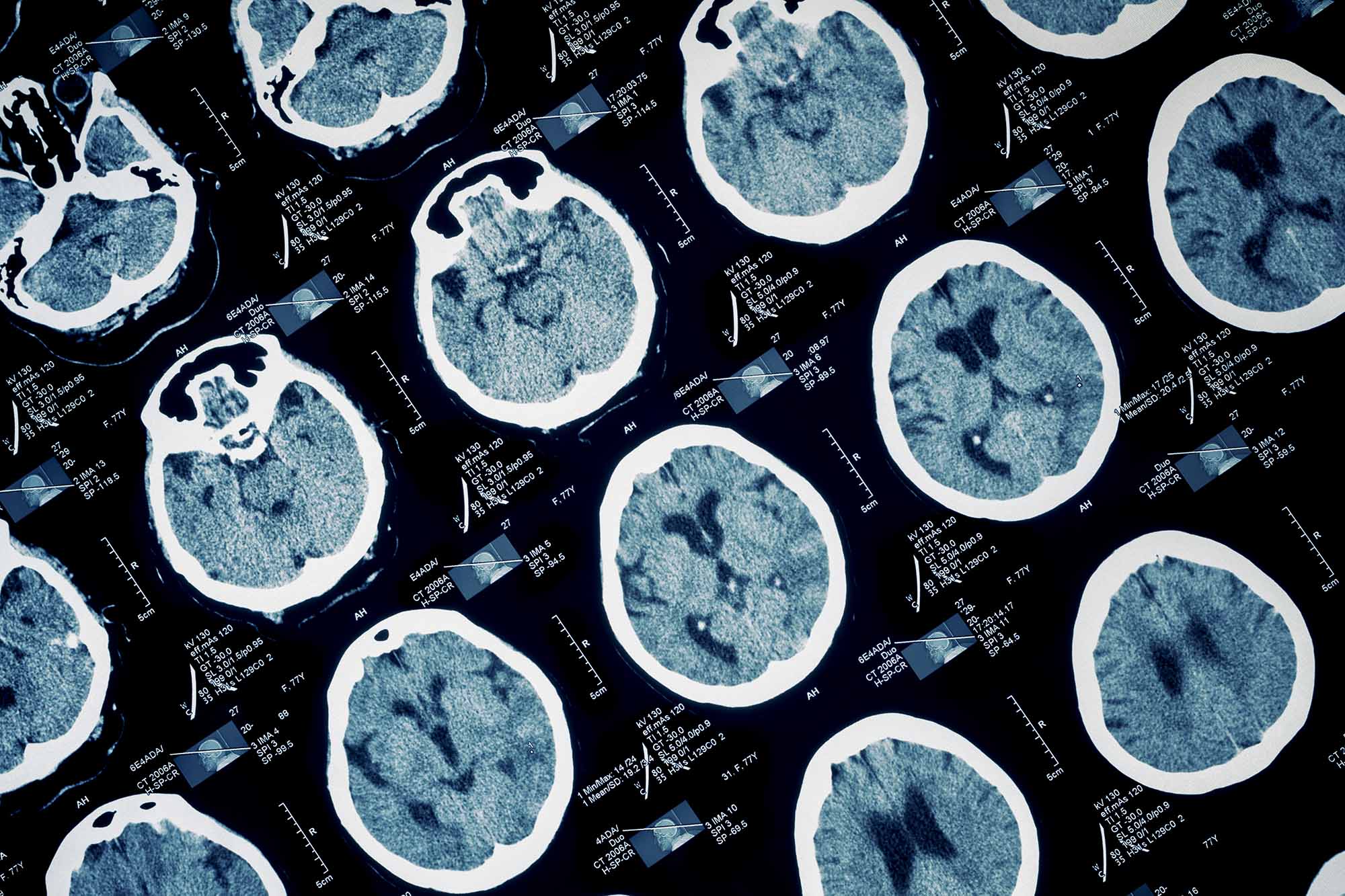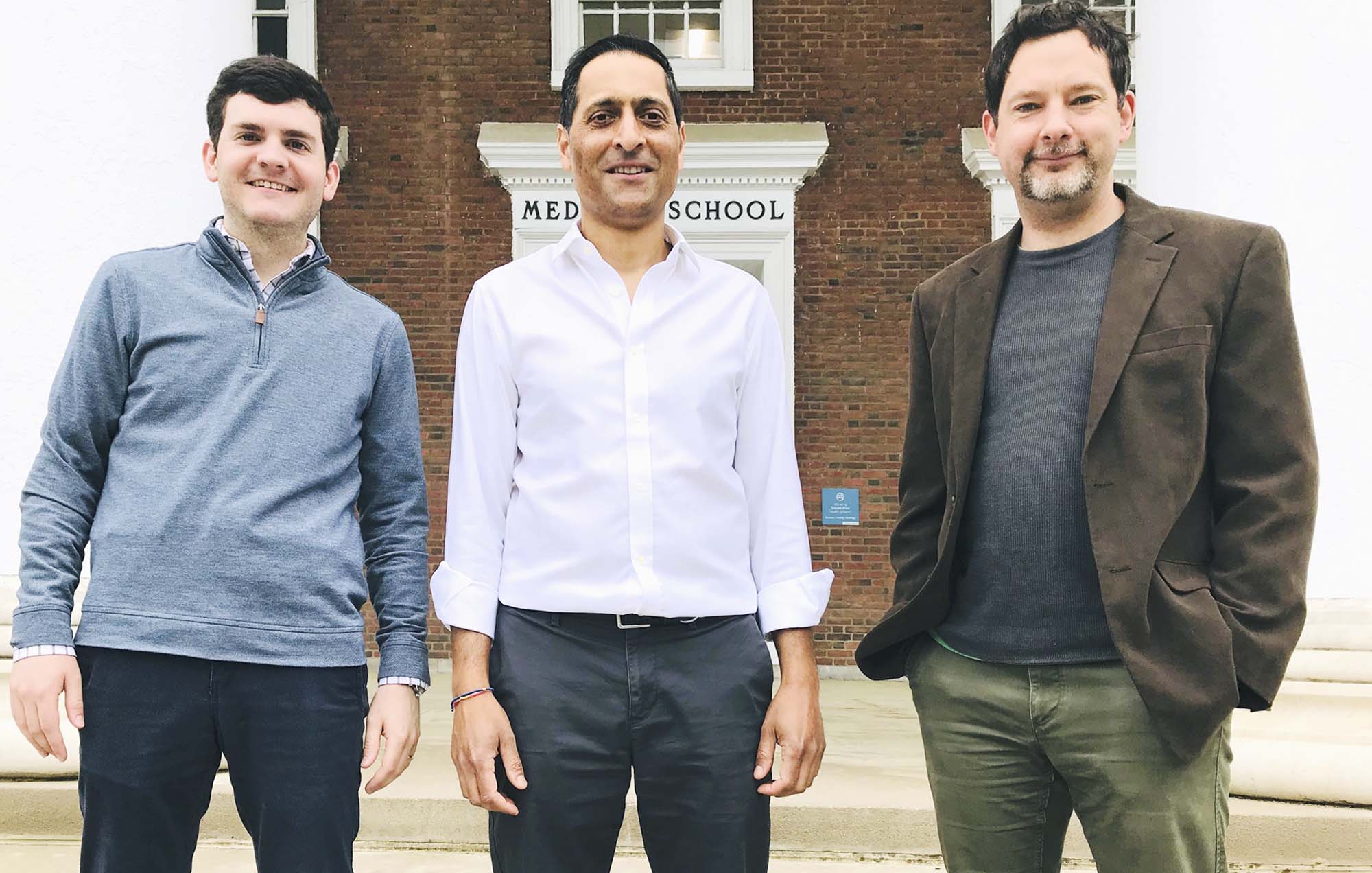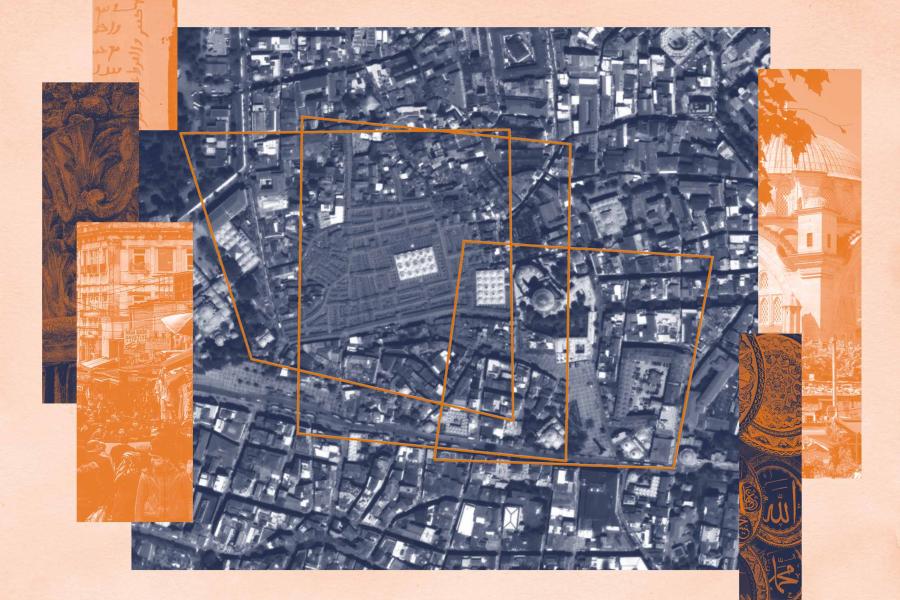New research from the University of Virginia School of Medicine has shed light on the No. 1 cause of epilepsy deaths, suggesting a long-sought answer for why some patients die unexpectedly following an epileptic seizure.
The researchers found that a certain type of seizure is associated with sudden death in a mouse model of epilepsy and that death occurred only when the seizure induced failure of the respiratory system.
The new understanding will help scientists in their efforts to develop ways to prevent sudden unexpected death in epilepsy, or SUDEP. Based on their research, the UVA team has already identified potential approaches to stimulate breathing in the mice and prevent death after a seizure. The team believe that this new approach could one day help save lives.
“SUDEP is a major concern for patients with epilepsy and their loved ones,” said Manoj Patel, of UVA’s Department of Anesthesiology. “Our study has identified a sequence of events that takes place during a seizure which can progress and lead to death. Furthermore, we show that intervention during a seizure can rescue death in mice with epilepsy. This project is a long time in the making, and we are excited to share it with the scientific community.”
Sudden Unexpected Death in Epilepsy
Many people were unfamiliar with sudden unexpected death in epilepsy when it took the life of young Disney Channel star Cameron Boyce in 2019. He was only 20 years old. SUDEP, however, is the most common cause of epilepsy-related death. Estimates suggest it is responsible for 8% to 17% of all epilepsy deaths, increasing to 50% in patients whose seizures do not respond to treatment.
Scientists have suggested a variety of potential causes for SUDEP, but UVA’s researchers have brought clarity to why some seizures lead to death, while others do not, and how we may be able to prevent progression to death.
The researchers found that breathing disruption, known as apnea, began during seizures, as muscles start to stiffen. This stiffening included contraction of the diaphragm, the major breathing muscle, that prevented exhalation, stopping the normal breathing process.











